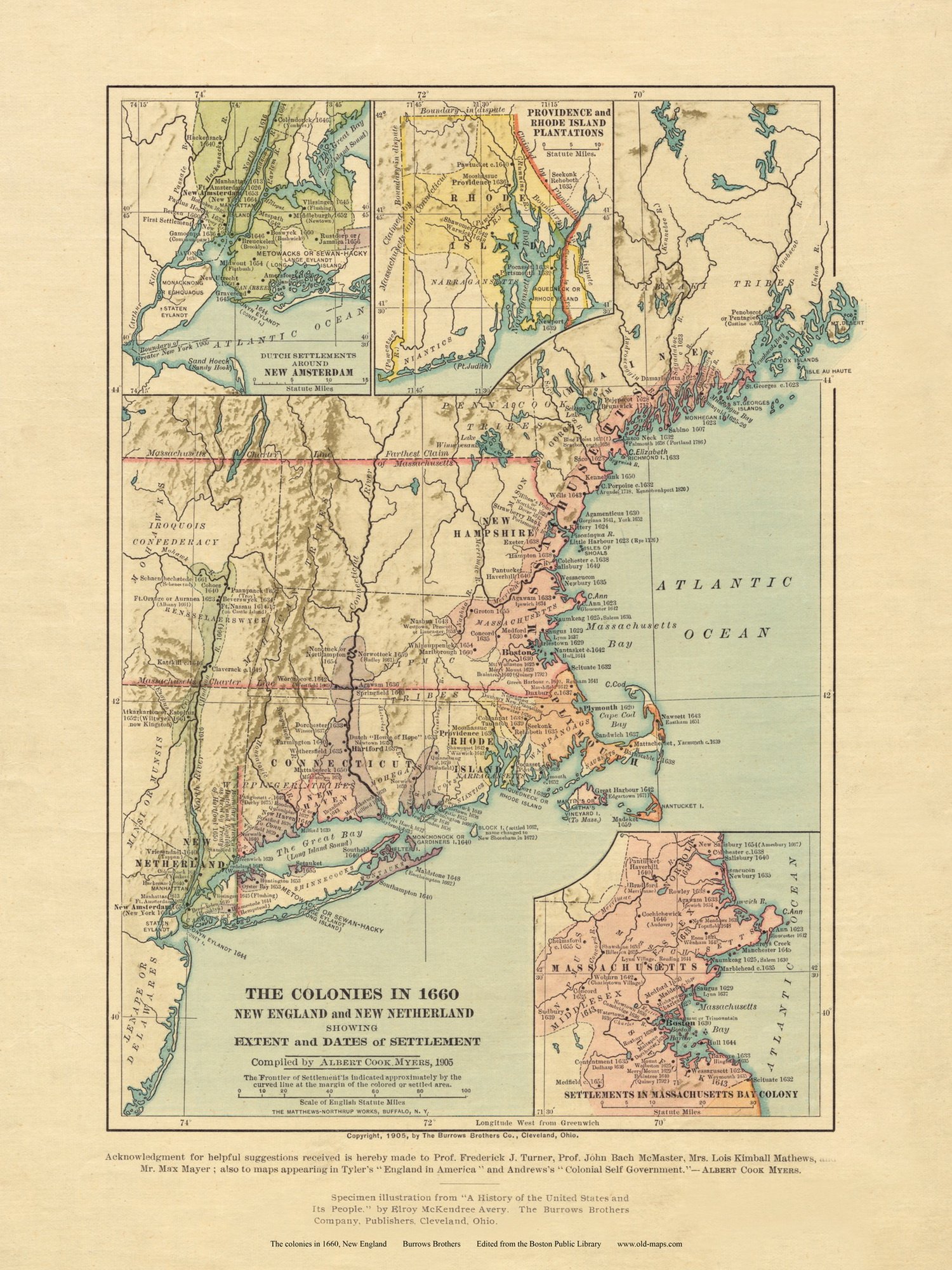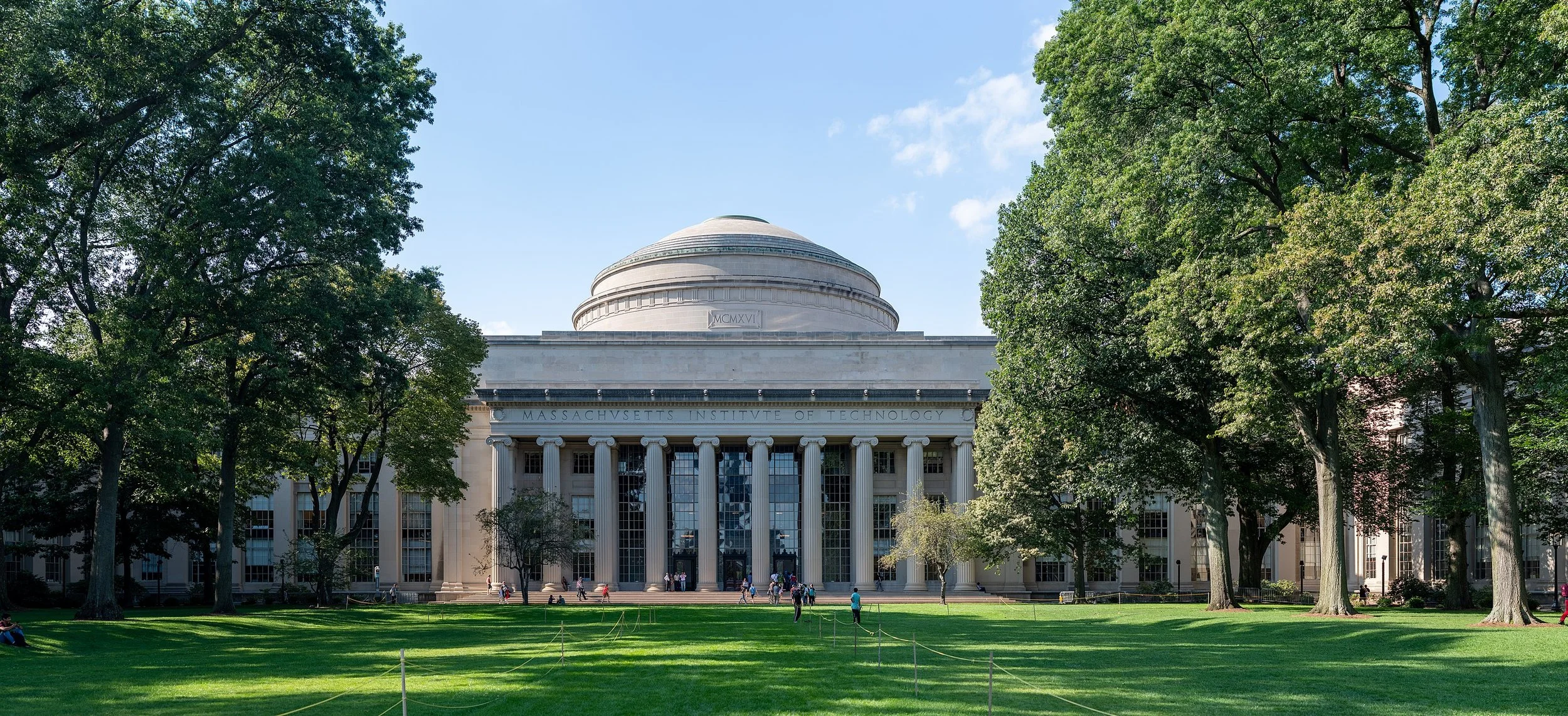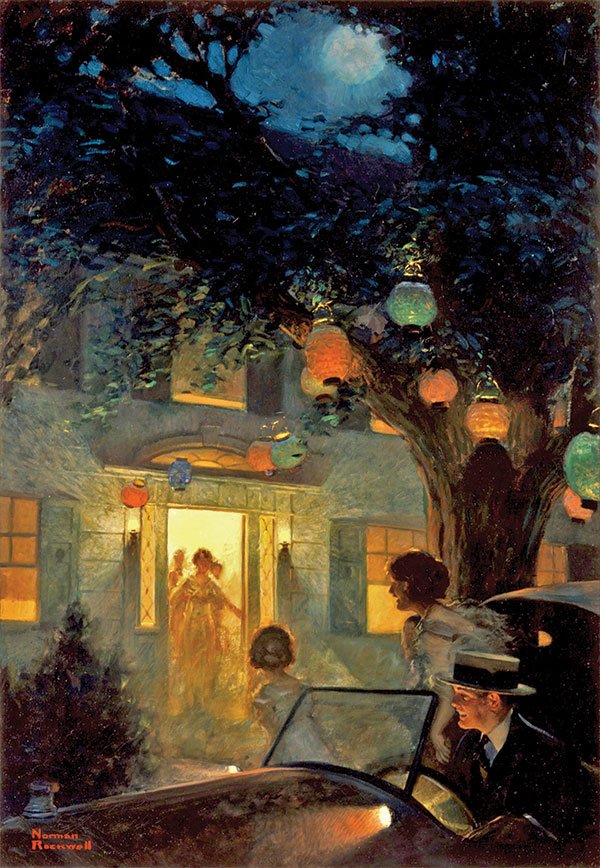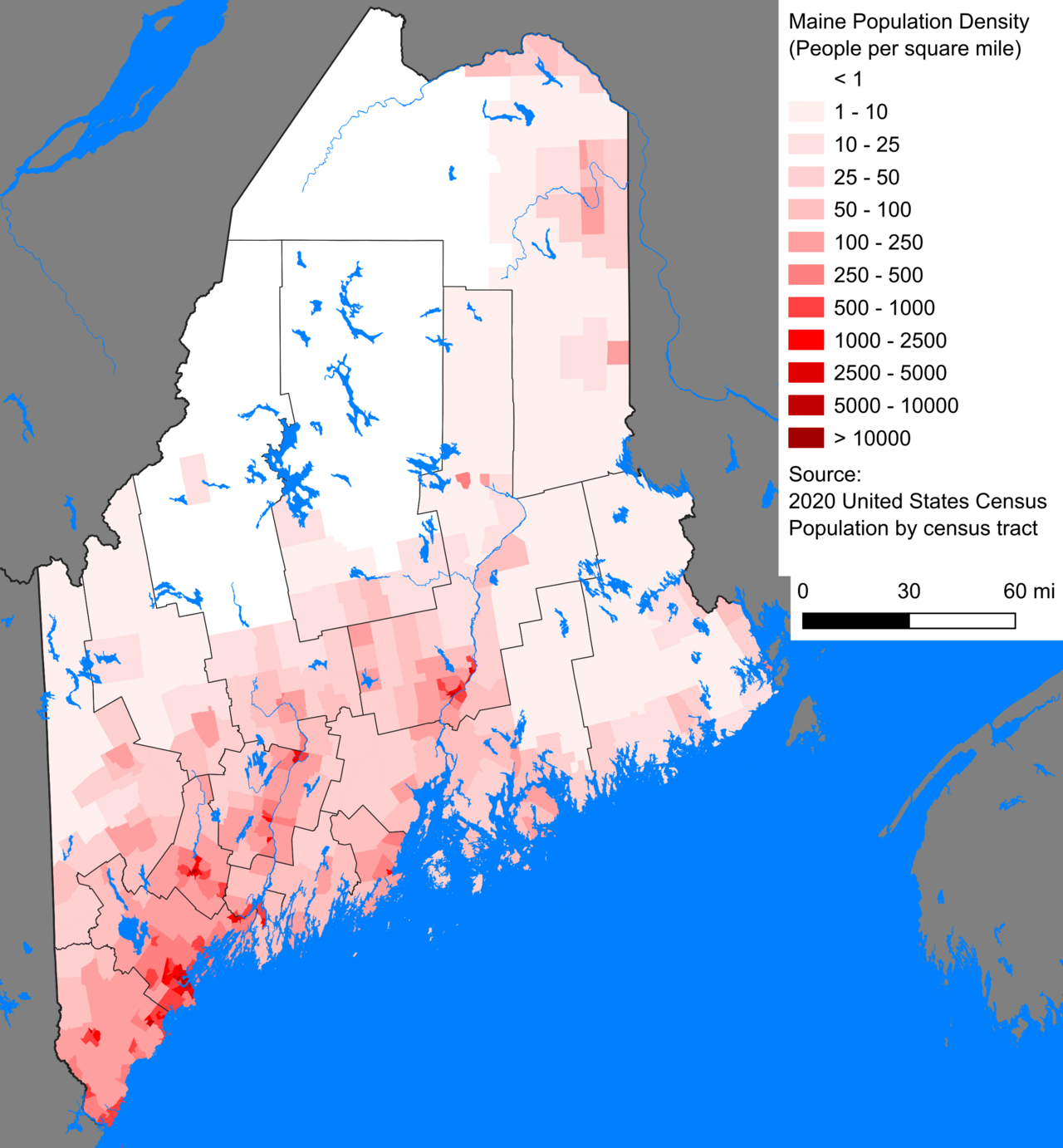
‘Finally waking up’
Work by Timothy Hunsoo Lee in his show, through June 29, at the Griffin Museum of Photography, Winchester, Mass.
— Image courtesy Timothy Hunsoo Lee and Sabrina Amrani Gallery
The Korean-American artist says:
“My practice, and the breadth of my interests, tells a fragmented story constantly reassembling itself – a story of how a boy grew into his body and into his home. A story about migrating, and the rituals and labors of that journey. A story about feeling the politicized, fetishized, and abstracted body so deeply long before learning the vocabulary to describe it. A story about dreaming and finally waking up."
Llewellyn King: Trump’s slashing of science funding is a blow against America’s future
Building 10 and Great Dome overlooking Killian Court at the Massachusetts Institute of Technology, in Cambridge.
—Photo by Mys 721tx
WEST WARWICK, R.I.
When I asked John Savage, the retired co-founder of the Department of Computer Science at Brown University, what the essential ingredient in research is, he responded with one word: “Passion.”
It is passion that keeps scientists going, dead end after dead end, until there is a breakthrough.
It is passion that keeps them at the bench or staring into a microscope or redesigning an experiment with slight modifications until that “eureka moment.”
I have been writing about science for half a century. I can tell you that passion is the bridge between daunting difficulty and triumphant discovery.
Next comes money: steady, reliable funding, not start-and-stop dribbles.
It is painful to watch the defunding of the nation’s research arm by roughly a third to a half; the wanton destruction of what, since the end of World War II, has kept the United States the premier inventor-nation, the unequaled leader in discovery.
It is dangerous to believe the status quo ante will return when another administration is voted in, maybe in 2028.
You don’t pick up the pieces of projects that are, as they were, ripped from the womb and put them back together again, even if the researchers are still available — if they haven’t gone to the willing arms of research hubs overseas or other careers.
The work isn’t made whole again just because the money is back. The passion is gone.
There are crude, massive reductions in funding for research and development across the government — with the most axing in the National Institutes of Health (NIH), the National Science Foundation (NSF) and the Department of Energy (DOE). But the philistines with their metaphorical chainsaws have slashed wildly and deeply into every corner of science, every place where talented men and women probe, analyze and seek to know.
This brutal, mindless slashing isn’t just upending careers, causing projects to be abandoned in midstream, destroying the precious passion that is the driver of discovery, but it is also a blow against the future. It is a turn from light to dark.
The whiz kids of DOGE aren’t cost-cutting. They are amputating the nation’s future.
The cutting of funds to NIH — until now the world’s premier medical research center, a citadel of hope for the sick and the guarantor that the future will have less suffering than the past — may be the most egregious act of many.
It is a terrible blow to those suffering from cancer to Parkinson’s and the myriad diseases in between who hope that NIH will come up with a cure or a therapy before they die prematurely. It is a heartless betrayal.
The full horror of the dismantling of what they call the nation’s “scientific pillar” has been laid out by two of America’s most eminent scientists in an essay in the Bulletin of the Atomic Scientists.
They are John Holdren, who served as President Barack Obama’s science adviser and as director of the White House Office of Science and Technology Policy, and Neal Lane, who was President Bill Clinton’s science adviser and is a former NSF director. In their alarming and telling essay, they appeal to Congress to step in and save America’s global leadership in science.
They write, “What is happening now exceeds our worst fears. Consider, first, the National Science Foundation, one of the brightest jewels in the crown of U.S. science and the public interest. …. It's the nation's largest single funder of university basic research in fields other than medicine. Basic research, of course, is the seed corn from which future advances in applied science and technology flow.”
The NFS co-stars in the federal research ecosystem with NIH and DOE, the authors write. The NSF has funded research underpinning the internet, the Google search engine, magnetic resonance imaging, laser eye surgery, 3-D printing, CRISPR gene editing technology and much more.
The NIH is the world’s leading biomedical research facility. The writers say it spends 83 percent of its $48 billion annual budget on competitive grants, supporting over 300,000 researchers at more than 2,500 institutions in all 50 states. Another 11 percent of the agency’s budget supports the 6,000 researchers in its own laboratories.
Holdren and Lane write, “Of the energy department’s $50 billion budget in fiscal 2024, about $15 billion went to non- defense research and development.”
Some $8 billion of this went to the DOE Office of Science Research, the largest funder in basic research in the physical sciences, supporting 300 institutions around the country including the department’s own 17 laboratories.
In all of the seminal moves made by the Trump administration, what The Economist calls the president’s “War on Science” may be the most damaging.
Llewellyn King is executive producer and host of White House Chronicle, on PBS. He’s based in Rhode Island.
On X: @llewellynking2
Healthy housing?
Three-decker cityscape in Worcester in the 1950’s, when Worcester was still a major manufacturing center and many industrial workers lived in three-deckers.
“People in the field of public health believed that {three-decker residential} buildings did much to account for the general good health of Worcester’s populations. Each apartment received sunshine and fresh air from all sides. People, young and old, took their daily airings on the comfortable porches, where they could enjoy some of the best views in Worcester. Each back porch held a clothes reel where the laundry could hang to dry in the beneficial sunshine….’’
From Heart of the Commonwealth, Worcester: An Illustrated History, by Margaret A. Erskine and Worcester Area Chamber of Commerce (1981)
The long view
“View from Bald Rock,” 1971, (oil on canvas), by Joseph Fiore (1925-2008), at Maine Art Gallery, Wiscasset. He and his wife lived seasonally at a farm they bought in Jefferson, Maine.
-Courtesy of Maine Farmland Trust
Climate and memory
Image from the show “Remote Sensing,’’ by Hannah Perrine Mode, through Oct. 18, at Northeastern University's Gallery 360, in Boston.
— Image courtesy Gallery 360
The gallery says the show explores geological forces, stewardship and memory-keeping. It’s the first major solo show by artist, educator and researcher Mode. The multi-disciplinary exhibition captures landscapes primarily between New England and Alaska. It asks viewers to “consider how climate systems are seen, felt and understood from a distance — offering a window into landscapes both miles away and in our backyard." For more information, visit here.
Learning from the final innings
Adapted from Robert Whitcomb’s “Digital Diary,’’ in GoLocal24.com
As we age, most of us go to more and funerals, and visit more and more house- or institution-bound friends and relatives. A few of the visited don’t remember who we are, but we go to see them anyway to celebrate who they were, and they generally like our company, whoever we are. And sometimes they’ll blurt out an alarming or amusing anecdote from the past that resolves some old mysteries. Given the age of some of these people, we’re sometimes surprised that they say how fast their lives have gone. “Eighty-two years old, and what happened?!,’’ said one old lady in New Hampshire we met.
I worry that there are so many aging people without close relatives to help look after them, including by such visits.
America still likes to think of itself as a young country, but it’s increasingly a place for the old, and not just in Washington, D.C.
Aging is so quirky. Some people start to seem out of it at age 60; others are sharp to over 100. The brain remains a mystery in so many ways.
Take a look at the New England Centenarian Study.
Will they leave as happy?
“And the Symbol of Welcome is Light (Guests Arriving at a Party)” (1920), by Norman Rockwell (advertising illustration for Edison Mazda Lamps in collection of GE Aerospace), in the show “Illustrators of Light: Rockwell, Wyeth and Parrish,’’ at the Norman Rockwell Museum, Stockbridge, Mass.
Read it on paper this summer
“La Lecture’’ (“Reading”), (oil on canvas) by Berthe Morisot (1888)
Adapted from Robert Whitcomb’s “Digital Diary,’’ in GoLocal24.com.
Summer is the prime season for reading books for pleasure. And physical books are the best way to read long works. You can better focus and reflect as you turn pages with your fingers than by looking at and clicking at backlit screens. And science suggests that you remember more of what you read in a physical book than from a screen, though the latter is fine for shorter pieces, especially if you can discipline yourself from being distracted by the colorful and sometimes blinking features that accompany many Web pages
The mild revival of small, independent bookstores in recent years shows a healthy desire to escape from digital distractions, which can be anxiety-provoking.
So happy summer reading, be it fiction (which boosts our imaginative powers and empathy) or nonfiction. Lose yourself in books, maybe while sitting under a tree.
Here’s some science promoting reading on paper. And here’s some more.
A different look at wet
“Water Goes Well with Fuji”(artist proof), (woodcut), by Iwami Reika, in the show “Trailblazers: Celebrating Contemporary Japanese Prints,’’ opening June 21, at Highfield Hall & Gardens,Falmouth, Mass.
— Courtesy of College Women’s Association of Japan
Chris Powell: Look for places with good parenting
MANCHESTER, Conn.
Anyone asked to guess the 10 best public high schools in Connecticut would probably select some of those chosen by the Internet site Niche, which connects high school graduates with colleges.
Nine of the 10 high schools chosen by Niche are in Westport, New Canaan, Darien, Greenwich, Wilton, Ridgefield, Avon, Farmington, Glastonbury and Norwalk. All but Norwalk are prosperous communities that spend a lot of money on their schools and get good results. The high school in Norwalk cited by Niche is a regional school drawing especially motivated students, many from outside the city.
According to Niche, all 10 of the best public elementary schools in the state are in three of the towns with the best high schools -- Greenwich, New Canaan and Westport -- and nine of the 10 best middle schools are in the towns with the best high schools.
Of course educators will conclude from these rankings that per-pupil spending correlates with student performance -- spending up, education up. This is self-serving and wrong.
For while not everyone in the towns with the supposedly best schools is rich, most people there are at least middle class and most children there have two parents, either living with them or otherwise involved in their lives. Their parents spend time with them. Most know their letters, numbers, and colors when they first arrive in school. They know how to behave. They have some interest in learning. Their attendance is good because their parents see to it.
Most such children are easy to teach -- not because per-pupil spending is high but because per-pupil parenting is.
Of course circumstances are much different in high schools in municipalities with terrible demographics, municipalities with high poverty and low parenting. Here many children live in fatherless homes, homes with only one wage earner and a smattering of welfare benefits, homes over which a stressed, exasperated, and sometimes addicted mother presides. These children get much less attention and many are frequently absent from school.
In New Haven, the city that is always lecturing Connecticut about how to live, high schools have a chronic absenteeism rate of 50 percent, highest in the state. Good luck to teachers and administrators trying to educate children who frequently don't show up and, when they do, often disrupt classes, get into fights, or suffer mental breakdowns, but whose general discipline or expulsion is forbidden.
That's why the Niche school rankings are so misleading.
For schools and teachers play the hands they are dealt by community demographics.
Any school dealt four aces is almost certain to win regardless of its resources and the competence of its staff. Any school dealt mostly jokers will resort to clamoring at the state Capitol for more money, as if the great increase in state financial aid to schools since the Education Enhancement Act was passed in 1986 has made any difference in education results, and as if the clamor for more money isn't just an excuse for ignoring the parenting problem, which seldom can be discussed in polite political company.
Connecticut's best schools are actually the ones that get the best results from the students who are hard to teach -- the students neglected at home -- not those who are easy to teach. Nobody seems to compile such data, perhaps because it would impugn the premise of education in Connecticut -- that only spending and teacher salaries count and educational results are irrelevant.
For many years in Connecticut the only honest justification for raising teacher salaries has been to induce teachers to stick around with the demoralized, indifferent, and misbehaving kids about whom nothing can be done until government finds the courage to restore academic and behavioral standards. These days teachers are given raises mainly to secure labor peace and union support for the Democratic Party.
It's the same with police departments. Cities, where poverty is worst, struggle to keep officers not so much because suburbs often pay better but because, like city teachers, city cops increasingly want to escape the worsening social disintegration and depravity around them.
Chris Powell has written about Connecticut government and politics for many years (CPowell@cox.net).
‘The Body Imagined’
“El guerrero (The Warrior)” (acrylic and crayon on paper), by Javier Chavira (American, born in Mexico), in the show “The Body Imagined: Figurative Art in the Bank of America Collection,’’ at the Mattatuck Museum, Waterbury, Conn., June 22-Sept. 28.
His Web site says:
“Guided by both analytical and intuitive processes, Chavira’s pluralistic practice is open to using a variety media to seamlessly integrate formal elements to create pictures and objects that exist in the space between non-objective abstraction and representation, without rigidly adhering to either. Chavira’s diverse oeuvre is a testament to this distinctive approach.’’
Waterbury was once famous for clock and watch making, as well as for brass.
Rezoning plan blindsides Downtown Boston residents
This article is slightly edited for use here.
(Disclosure: Robert Whitcomb, New England Diary’s editor, is chairman of The Boston Guardian.)
The newest Downtown Boston zoning update allows for towers of up to 700 feet, much to the surprise and disappointment of community leaders who have been involved in negotiations with the Planning Department (BPD) since February.
The zoning plan, known as PLAN: Downtown, has been an issue for months, after the city proposed a draft in January that allowed for 500-foot residential towers on Washington Street. When it received over 500 letters of opposition from residents, the city agreed to revise the plan along with a coalition of Downtown community leaders. But those stakeholders say the latest version of the draft is not what they expected or planned for.
“The mayor personally assured this coalition that the city would work collaboratively to engage in meaningful dialogue and aim to reach a compromise,” the Downtown Boston Neighborhood Association (DBNA), a major player in the coalition, said in a statement. “It has become abundantly clear that this was never the administration’s intention and that the few meetings that were held with the coalition were simply a disingenuous ‘check the box’ exercise.”
Rishi Shukla, of the DBNA, said the city had been radio silent with the coalition since mid-April after only three meetings. On May 27, Shukla had requested a call with Chief of Planning Kairos Shen to get an update. Midway through the call, Shukla said he received a text from a city contact letting him know the city planned to release its final draft two days later.
The latest draft of the plan has two districts spanning the Downtown. One, adjacent to the parks, has a maximum height of 155 feet. The other has a variable maximum height, such that it complies with whatever the smallest number is between state shadow regulations, parks shadow regulations, and the critical airspace limit of 800 feet. That means that, as buildings get farther away from the parks, they can increase in height in progressive stages, up to 700 feet.
The boundary of the districts is at Washington Street. A map of the zoning published by the city shows that the western side of the street, closer to the parks, has a height limit of 155 feet, while the eastern side can have up to 400-foot tall buildings.
The city has argued since January that its goal was to increase housing opportunities, despite resident opposition that any housing constructed in the area would not be affordable.
“This zoning update is one of several plans and initiatives underway across Boston to address our housing crisis,” Mohammed Missouri, Mayor Wu’s senior strategy advisor, wrote in an email to people who submitted comments on the original draft.
“As the most rapid-transit-accessible part of our city, Downtown is a critical location for focusing new mixed-use and residential density, where Inclusionary Zoning requirements will produce affordable housing at a scale not feasible in other parts of the city.”
But according to the DBNA, this initiative has not been accompanied with any actual planning.
“In its latest release, the city once again fails to provide any basic analysis, renderings, shadow studies, or infrastructure impacts related to the proposed zoning plans,” the DBNA wrote. “This is not thoughtful, comprehensive planning. It is a high-rise tower gamble devoid of sound analysis and valid proof of concept.”
The BPD will hold a virtual public meeting about the new plan on June 16 at 6 pm.
Llewellyn King: Europeans fear what will happen as Putin asset Trump abandons them
Murderous tyrant and a fan at G20 meeting on June 28, 2019, in Osaka, Japan.
WEST WARWICK, R.I.
Europe is naked and afraid.
That was the message at a recent meeting of the U.K. Section of the Association of European Journalists (AEJ), at which I was an invited speaker.
It preceded a stark warning just over a week later from NATO Secretary General Mark Rutte, also speaking in London, who said the danger from Vladimir Putin’s Russia won’t recede even if there is peace in Ukraine.
Rutte said defense spending must increase across Europe and recommended that it should reach 5 percent of GDP. Singling out Britain, he said if the Brits don’t do so, they should learn to speak Russian. He said Russia could overwhelm NATO by 2030.
The British journalists’ session reflected fear of Russia and astonishment at the United States. There was fear that Russia would invade the weaker states and that NATO had been neutered. Fear that the world’s most effective defense alliance, NATO, is no longer operational.
There was astonishment that America had abandoned its longstanding policies of support for Europe and preparedness to keep Russia in check. And there was disillusionment that President Trump would turn away from Ukraine in its war against Russian aggression.
The tone in Europe toward the United States isn’t one simply of anger or sorrow, but anger tinged with sorrow. Europeans see themselves as vulnerable in a way that hasn’t been true since the end of World War II.
They also are shattered by the change in America under Trump; his hostility to Europe, his tariffs and his preparedness to side with Russia. “How can this happen to America?” the British AEJ members asked me.
In many conversations, I found disbelief that America could do this to Europe, and that Trump should lean so far toward Putin. In Europe, where Putin has been an existential threat and where he invaded Ukraine, there is general amazement that Trump seems to crave the approbation of the Russian president.
Speaking to the journalists’ meeting via video from Romania, Edward Lucas, a former senior editor of The Economist, and now a columnist for The Times of London and a senior fellow at the Center for European Policy, said, “Donald Trump has turned the transatlantic relationship on its head. He wants to be friends with Vladimir Putin. We are in a bad mess.”
He said he saw no realistic possibility of a ceasefire in Ukraine in the near future, and he said Trump had made it clear that he was prepared to walk away from trying to bring peace “if it proved too hard.”
Lucas suggested that if European nations continue to back Ukraine after a Russian-dictated peace offer endorsed by America, Trump will punish them. He might do this by withdrawing U.S. assets from Europe, pulling back large numbers of troops from the 80,000 stationed there, and refusing to replace the American supreme commander of Europe.
“Then we will see how defenseless Europe is,” he said.
In Washington, it seems there is little understanding of the true weakness of Europe. No understanding that money alone won’t buy security for Europe.
Europe doesn’t have stand-off capacity, heavy airlift capacity, ultra-sophisticated electronic intelligence or anything approaching a defense infrastructure.
Trump has equated defense simply with money. But in Europe (although 27 of its nations are part of the European Union), there is no cohesive structure in place that could replace the role played by the United States.
Within the EU there are disagreements and there is the spoiler in the case of Hungary. Its pro-Russia ruler, Victor Orban, would like to try to block any concerted European action against Russia. The new right-wing Polish president’s hopes for good relations with Orban are a worry for most EU members.
I have long believed that there are three mutually exclusive views of Europe in the United States.
The first, favored by Trump and his MAGA allies, is that Europe is ripping off America in defense and through non-tariff trade barriers and is awash in expensive socialist systems embracing health, transportation and state nannying.
The second, favored by vacationers, is that Europe is a sort of Disney World for adults, as portrayed on PBS by Rick Steves’s travelogues: Watch the quaint people making wine or drinking beer.
The third is that Europe has been encouraged by successive administrations to accept the U.S. defense umbrella, as that favored America and its concerns, first about Soviet expansion and more recently about expansion under Putin.
Now Europe is alone in defense terms, naked and very afraid -- afraid of Trump’s pivot to Putin.
Llewellyn King is executive producer and host of White House Chronicle, on PBS. His email is llewellynking1@gmail.com, and he’s based in Rhode Island.
Pray for Ukraine
“Egg” (clay and glaze), by Rustem Skybin, Ukrainian artist living in the Kyiv region, at Fuller Craft Museum, Brockton, Mass.
Frank Carini:Trying to save Timber Rattlesnakes, which play useful ecological roles in New England
Timber Rattlesnake
— Photo by Glenn Bartolotti
Text edited and excerpted from an ecoRI News article by Frank Carini
“Providence’s Roger Williams Park Zoo, partnered with New England biologists and conservationists 14 years ago to try to save the region’s remaining Timber Rattlesnake populations.
“The project aligned perfectly with Lou Perrotti’s passion and experience. The zoo’s director of conservation programs believes that it is the responsibility of state wildlife agencies and other stakeholders, such as zoos and aquariums, to protect every species considered to be threatened or endangered, no matter how big or small. They all, even venomous snakes, play a role in ecosystem health.
“For example, research has shown that Timber Rattlesnakes help keep the occurrence of Lyme disease down by preying on deer mice, a popular host of the Lyme-carrying deer tick.
“The Northeast’s population of Timber Rattlesnakes, however, remains in serious decline, because of habitat loss, road mortality, and indiscriminate killing. Perrotti has noted this species historically has had a bounty on its head, which was a significant cause of its extirpation from Rhode Island in the late 1960s.’’
Distant relatives
“Brothers,’’ by F. Lipari, at Bernay Fine Art, Great Barrington, Mass.
From Mr. Lipari’s artist statement:
“Influenced by his love of nature, his subjects are carefully chosen and presented in their purest form in a setting devoid of any clutter, thus evoking a sensation of serenity and stillness….
“Strokes of acrylics, multi-layers, subtle hues and blends create depth in his work, while the main feature is highlighted by a signature mark of etherealism giving it all the focus and attention it merits. When looking at his work, F.Lipari wants you to feel the mood and be transported into his world.’’
Civil War Monument, in front of the Great Barringon Town Hall.
—Photo by Francis Helminski
‘Rural Thrive’ program for Maine’s rural teachers
Population density of Maine by U.S. census tract as of the 2020 U.S. census. Map-generation process described here.
Crossover1370 map
— University of Maine photo
Text excerpted and edited from a New England Council report
“The University of Maine has established a new initiative called ‘Rural Thrive,’ which aims to assist rural educators through a more active mentorship network.
“The program has received $3.3 million in federal funding thanks to promotion from Maine U.S. Senators Angus King and Susan Collins.
“With a majority of Maine’s population residing in rural or exurban communities, the new education program is seen as a crucial step in strengthening education throughout the state.
“‘Rather than take a deficit-minded approach that asks, What’s wrong with rural schools?, we wanted to look at the many benefits to teaching in rural environments, such as access to nature and smaller class sizes,’ said program director Catharine Biddle. The program leaders hope to establish a guiding presence, providing teachers with mentorship throughout their careers.’’
Green and open days
“Summer Twilight, a Recollection of a Scene in New England’’ (1834), by Thomas Cole (1801-1848)
“Two Boys Playing at the Creek” (1883), photo by Thomas Eakins (1844-1916), one of America’s most celebrated painters.
“There’s Little League,
Hopscotch, the creek,
And, after supper,
Hide-and-seek.’’
— From “June,’’ by John Updike (1932-2009), American novelist, poet, critic and essayist. He spent most of life on the Massachusetts North Shore.
Summer books and jobs
Adapted from Robert Whitcomb’s “Digital Diary,’’ in GoLocal24.com
Summer is the prime season for reading books for pleasure. And physical books are the best way to read long works. You can better focus and reflect as you turn paper pages with your fingers than by looking at and clicking at backlit screens. The physicality of it helps. Science suggests that you remember more of what you read in a physical book than from a screen, though the latter is fine for shorter pieces, especially if you can discipline yourself from being distracted by the colorful and sometimes blinking features that accompany many Web pages.
The mild revival of small, independent bookstores in recent years shows a healthy desire to escape from digital distractions, which can be anxiety-provoking.
So happy summer reading, be it fiction (which boosts our imaginative powers and empathy) or nonfiction. Lose yourself in books, maybe while sitting under a tree. Even enjoy the musty smell of an old volume, which may bring back memories.
Take a look at some science on this. This and this.
xxx
I again wonder if the regime’s sometimes brutal crackdown on immigrants will reduce the number of legal and illegal aliens working on the yards of so many homeowners, middle class on up, this summer. Many of those seasonal jobs used to be done by American middle-and-even-upper-middle-class high school and college kids, who also worked at such places as beach snack bars. But the immigration influx of the last 30 years changed that in many places.
Will more American kids start doing those discipline-building (if often boring) jobs again? And will AI destroy a lot of summer work that had been performed in offices?
Back in the ‘60’s I had both kinds of jobs – e.g., in earlier teenhood cutting grass, weeding and clipping hedges. (I also delivered newspapers by bike, back when those pubs were thick.) In later years I processed paper, mostly bills of lading, in a shipping company’s office on the then gritty Boston waterfront. For some reason, one of my most vivid memories of that job was when someone swiped $40 I had stuck in a drawer in a desk I was using. I told this tale of woe to a white-haired co-worker named Sylvester Gookin, who sadly noted: “You’ll lose a lot more than that in life.’’
Then I was a counselor at a camp along a mosquito-friendly lake in Plymouth, Mass., where some of the kids were bigger than me, so I had to be louder than them. Then I was a go-fer in the unairconditioned newsroom of a tabloid newspaper called the Boston Record American, after which I had no desire to go into the newspaper business. Too chaotic and low-paying. But I got into that racket again a year later because it gave me the first job offer I got after college, and in an air-conditioned newsroom this time.
In these summer jobs, we absorbed the value of showing up on time, learning how to deal with sometimes difficult customers and co-workers and getting an early handle on what we didn’t want to do in life.























